Israeli troops hold positions in Gaza under air cover
The war between Israel and Hamas entered a new phase after Israel said it was expanding its ground operation and launched an intense wave of strikes from air and sea.
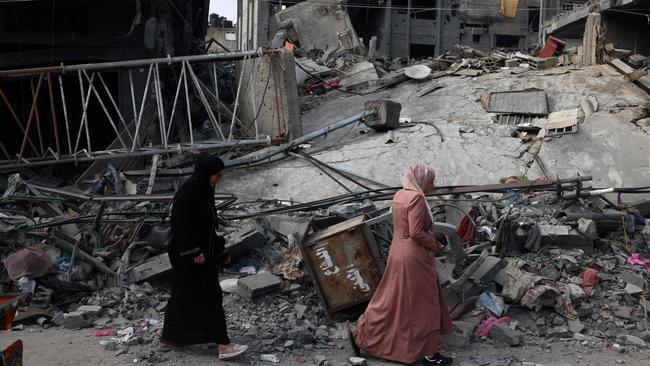
Israel’s military said its ground forces continued to fight inside Gaza on Saturday, after an intense wave of air strikes and ground raids overnight targeted Hamas’s extensive network of underground tunnels and killed leaders of the militant group involved in the planning of the October 7 attack on Israel.
The war between Israel and Hamas entered a new phase on Friday after Israel said it was expanding its ground operation in the Gaza Strip and launched an intense wave of strikes from air and sea, possibly laying the ground for a full-blown invasion of the enclave.
The campaign, which has caused a high death toll in Gaza, aims to eradicate Hamas – a group designated by the U.S. as a terror organisation – in response to the attack on southern Israel that left more than 1400 Israelis dead, according to Israeli officials.
READ our blog on Saturday’s developments here
The strikes, which have effectively cut off all communications in the enclave and compounded the difficulties of assisting hundreds of thousands trapped in a growing humanitarian crisis, have deepened fears about the high cost borne by Gazan civilians, including women and children, in the conflict.
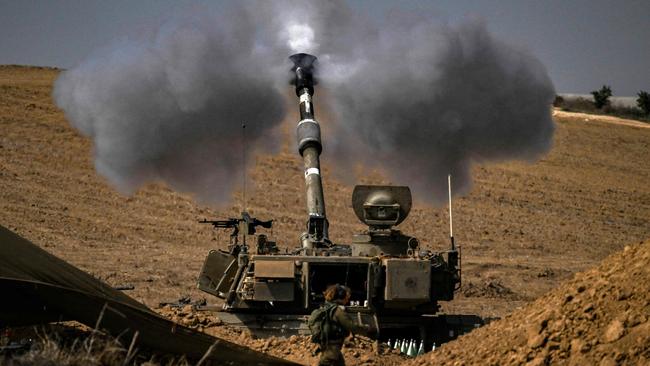
Israeli military spokesman Brigadier General Daniel Hagari said on Saturday that infantry troops, artillery batteries and engineering units were operating in northern Gaza under the cover of heavy air strikes across the strip.
“We are progressing through the stages of war,” he said. Israeli troops were still operating in the field and none were injured, he added.
Hagari said Israel struck 150 underground targets and killed Hamas generals who commanded the group’s naval forces and aerial squadron.
Israeli defence and security officials said in a statement on Saturday that the head of Hamas’s aerial array, Asem Abu Rakaba, had been killed.
Israel said Rakaba had overseen the paragliders and drone strikes that were central to the militant group’s attack and helped plan the massacre of Israeli communities near Gaza. Israeli jet fighters bombed the location in Gaza where he was believed to have been located.
Hamas hasn’t commented on the claim by the Israelis that they had killed Rakaba and others.
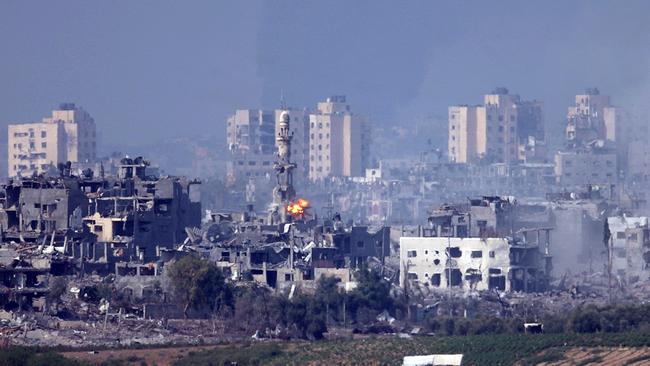
Israeli officials declined to say if Friday’s incursions amounted to the beginning of the invasion, which could unfold in stages and could take months.
For now, Israel could be aiming for a slow and gradual push into Gaza instead of a large-scale assault, with its soldiers taking limited areas of territory at a time before sending in larger amounts of ground troops and armour. Footage of ground operations provided by Israel showed dozens of tanks and fighting vehicles pushing into the strip.
Such smaller thrusts could also reflect the tactics Israel will employ in what is an extraordinarily difficult urban terrain.
“It’s a combination of going and testing the waters,” said Miri Eisin, a retired Israeli military colonel.
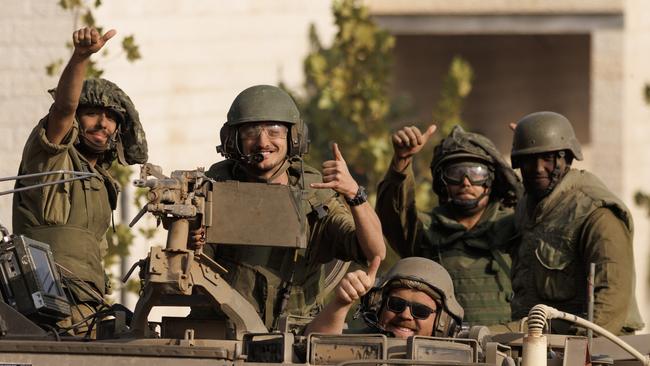
Many military experts regard urban warfare as the most difficult type of fighting. Israel will have to navigate scores of buildings destroyed by its air strikes and contend with rubble that can give cover to snipers, booby traps and improvised explosive devices.
Hamas’s tunnel network, which extends an estimated 800 kilometres, also gives the group an edge. Some may lie deep enough to have survived the barrage by Israeli air strikes.
Israeli troops have moved into Gaza from the north and east. Military experts believe Israel may push from the east to cut off Gaza City, where many of the Hamas fighters are believed to be located.
The Israeli strikes have severed almost all internet and cellular communications in the Gaza Strip, cutting civilians off from the rest of the world and possibly compromising the ability of Hamas fighters to communicate with one another. As a result, little information is emerging on the situation on the ground aside from that communicated by the Israeli military.
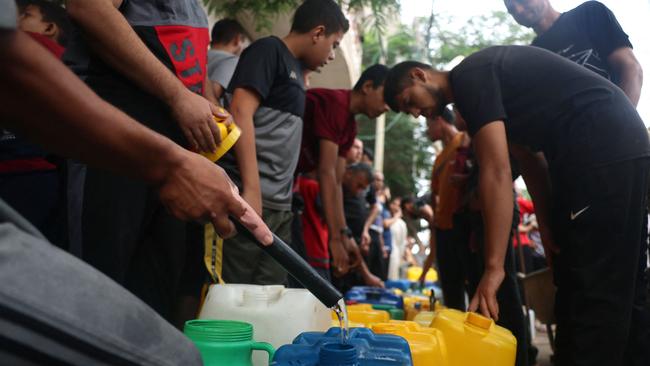
Kamal Ghazall, 30, who is doing his master’s at Istanbul University, last spoke with his parents and siblings in Gaza on Friday afternoon. When he tried to call last night, he couldn’t get in touch.
“There’s nothing to tell,” he said. “Just a feeling of terror and fear for my family.” American Zaena Shaath, who is sheltering at a friend’s home in Rafah with relatives including her father, brother and sister who are all US citizens, said the street outside was empty after a night of heavy bombing in different areas.
“It was a very tough night,” she said in a WhatsApp message. “I can hear the sound of the artillery for now,” she said about an hour after sunrise.
Meanwhile, the war has already exacted a high toll on civilians in the enclave. The Hamas-controlled Gaza health ministry says more than 7300 people, including over 3000 children, have been killed in Gaza.
The ministry didn’t give a breakdown of combatants and civilians. The US government says the Hamas figures can’t be trusted, while some UN experts say the true toll could be higher because the numbers don’t account for unrecovered bodies under the rubble.
Israel has imposed a siege on the strip, cutting off water, food and medical supplies.
A trickle of humanitarian aid has entered Gaza from a border crossing with Egypt starting last weekend, although aid groups have warned the supplies fall well short of the demand of the 1.4 million people in Gaza who have been displaced. Israel expects additional trucks carrying food, water and medicine to arrive on Saturday – supplies that will be available only to people who fled to southern Gaza, according to Brigadier Hagari.
The United Nations, World Health Organisation and several aid groups said they had lost communication with their staff inside Gaza, amid the intensified Israeli incursion.
The Norwegian Refugee Council said it had lost touch with 54 colleagues. The UN agency for Palestinian refugees, which has seen 53 of its staff killed in the conflict, said it was trying to establish contact with its team and had a “very limited one line of communication” with one director in the southern Gazan town of Rafah.
“The breaks in communications are making our work, especially in response to the needs of more than 600,000 displaced [people] extremely challenging,” said Juliette Touma, communications director of the agency, of the people sheltering at UN schools and facilities.
Human Rights Watch said the blackout risked providing cover for human rights violations.
The Israeli military on Friday released satellite imagery of the Al Shifa Hospital complex with five buildings that it says houses underground Hamas complexes. Its claims couldn’t be independently verified.
Omar Shakir, director of Israeli and Palestinian issues at HRW, said that, “if accurate, the use of medical facilities by Palestinian armed groups for military operations is alarming and violates the laws of war” and raises serious concerns for the safety of patients and health care workers.
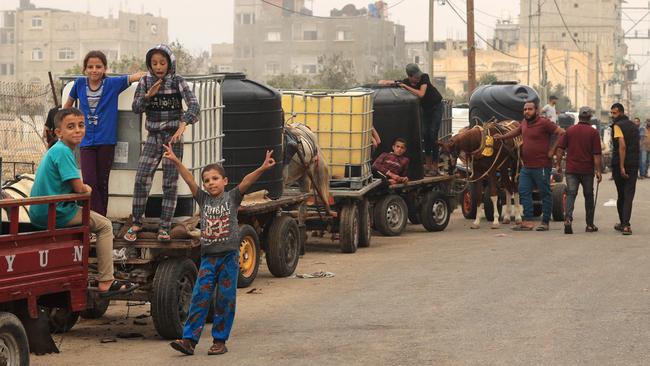
On Friday, the UN General Assembly passed a nonbinding resolution calling for an enduring humanitarian truce in Gaza. The US voted against it, although hours later, the US ambassador to the UN, Linda Thomas-Greenfield, called for the protection of Palestinian civilians.
“We must not become numb to the pain and the suffering of people like Wael al-Dahdouh – a Palestinian journalist whose wife, son, daughter, and grandson were killed in Gaza this week,” Thomas-Greenfield wrote on social media platform X, referring to the family of an Al Jazeera journalist that had been killed on Wednesday.
The Australian government has refused to support the UN General Assembly resolution on a truce for Gaza because it did not acknowledge “terror group Hamas as the perpetrator of the 7 October attack’’ on Israel.
The nonbinding resolution calling for an enduring humanitarian truce in Gaza passed the General Assembly with a vote of 120 nations supporting, 14 against and 45 abstaining.
An amendment from Canada that would have condemned the terrorist attacks by Hamas in Israel failed, and the US voted against resolution, sponsored by Jordan. More
Australia’s ambassador to the UN, James Larsen, said in a statement after the vote that his government agreed with the Jordan-sponsored resolution’s “central proposition, that the humanitarian situation in Gaza is dire and human suffering is widespread and unacceptable’’.
Top American officials were still pushing for a pause in the fighting to allow for the release of all hostages held by Hamas and to ensure that more humanitarian aid can be pushed into Gaza, said John Kirby, a spokesman for the White House National Security Council. So far some humanitarian deliveries have been made but it isn’t enough, he said.
The Wall Street Journal/The Australian



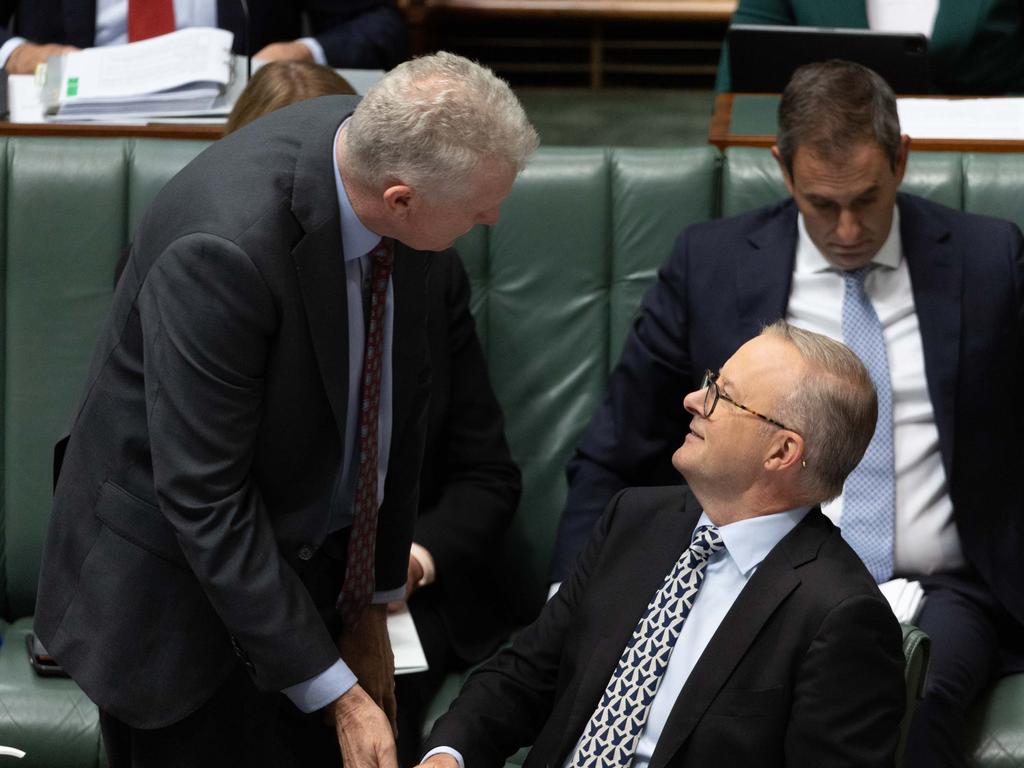


To join the conversation, please log in. Don't have an account? Register
Join the conversation, you are commenting as Logout